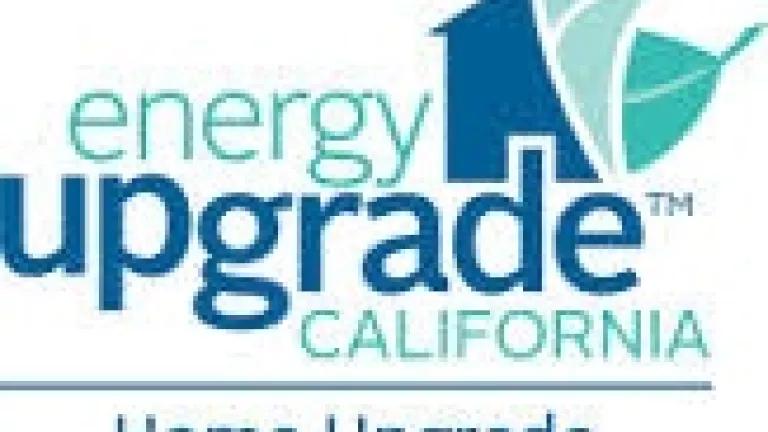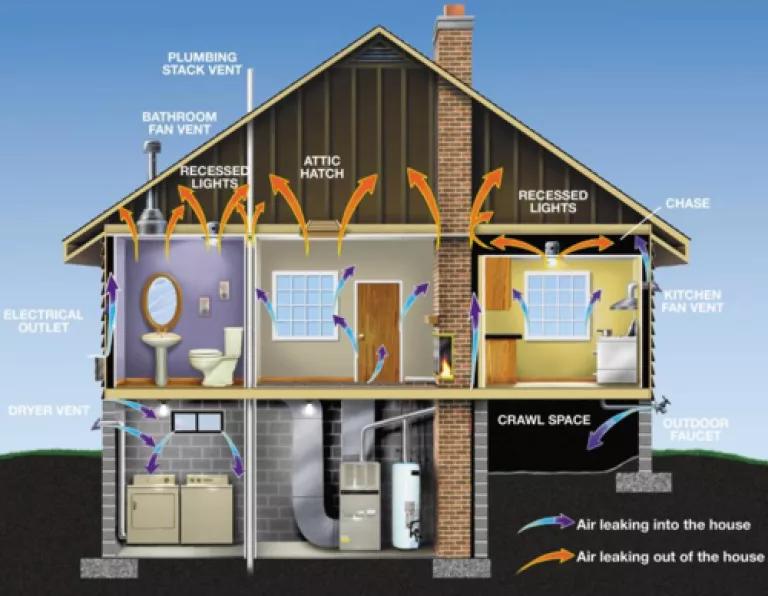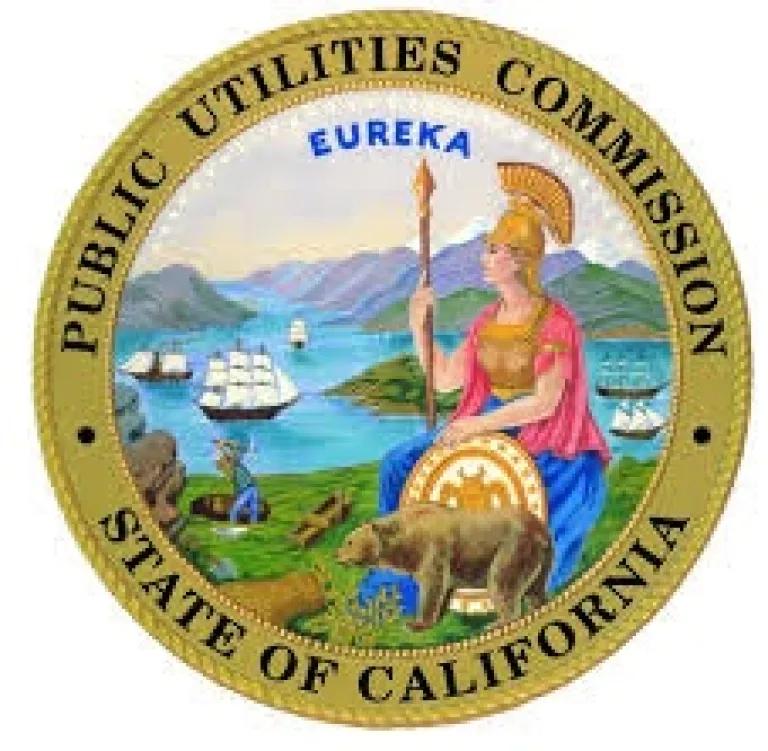
California has a host of amazing clean energy opportunities that save us money and energy, improve the environment, support a growing workforce, and enable the Golden State to be at the vanguard of clean tech. But even a state like ours has things to learn when it comes to capturing more energy savings from energy efficiency – our fastest, cleanest, and cheapest way to fight pollution and climate change.
As I noted in my recent three-part blog series, there is no doubt that the California utilities (both publicly and privately owned) have many great energy efficiency programs to offer customers that save money and energy, support a strong efficiency industry, and improve the air we breathe. Policymakers also helped continue our strong efficiency foundation in 2013 and at the same time, more needs to happen in 2014 to make sure we reach the state’s climate goals and truly rely on efficiency as our first option to meet our energy needs. Meaning, when the state’s residential, business, and industrial customers waste less energy by improving the efficiency of their products and buildings, utilities don’t need to spend as much to buy or generate the dirtier, more expensive energy to power our buildings and gadgets. We need to make sure our system is set up well to both enable and ensure all utilities do so.
While there are a number of successful programs that customers, contracto
rs, builders, retailers, and manufacturers can take advantage of to save money and energy, there are also programs that have room to grow. As reported in the San Francisco Chronicle last month, the Energy Upgrade California – Home Upgrade Program has faced challenges in achieving the programs ambitious goals.
Before delving into the details of why this might be, it is important to put this program into context. California’s privately owned utilities invest nearly $1billion a year in efficiency programs, which is expected to provide nearly half a billion in net savings – that is, savings achieved above the cost of running them. Of course we also know that in addition to these direct energy savings, we get so much more out of these programs – like comfort, better work and living conditions, reduced noise, and other non-energy benefits.

The article aptly noted a number of key challenges with the current program and – as luck would have it – energy agencies, utilities, local governments, and stakeholders are already hard at work trying to improve it. We also need to keep in mind that the program:
- Tried something that hadn’t been done at this scale before in California;
- Addresses one of the most challenging and costly energy efficiency sectors out there. There is no question about it, getting single family home owners to take action on an individual basis is much more costly for contractors and customers than working at a bigger scale with large commercial and municipal buildings. In addition, residential customers don’t often want to be around during extensive retrofits (like getting insulation blown into their walls and ceilings) but also don’t have the option of moving out (which is one reason why upgrades at time of sale and move-in are so much easier);
- Is considered a “market transformation” program -- meaning these upgrades aren’t happening on their own. Customers need a lot of help and the program requires substantial upfront investment (both in time and money) in the near years to help build a market and reap substantial long term benefits in the outer years (5+); and
- Is needed to comply with the state law that requires the upgrade of all existing buildings.
The California Public Utilities Commission also has a number of checkpoints in place to ensure that no one program overrides the benefits of the full portfolio of programs. For example:

erall portfolio of programs;
While there are areas to improve in this program, it is also important to remember a few things. First, California is by far a leader in the arena of energy efficiency programs, but there will be “fits and starts” from time to time as we venture into new and challenging areas. Second, new ideas that address challenging markets will take a while to start up as the kinks are worked out. Scrutiny and periodic “gut checks” are good ways to keep new programs on track, but sometimes “you have to burn down a few garages trying new ideas” before you can come up with the right fit.
California’s portfolio of programs ensure that customers --- and the state as a whole – are reaping substantial benefits while at the same time letting utilities, local governments, and third parties (such as nonprofits and efficiency companies) try out new ways to get at those harder-to-reach energy saving opportunities. Let’s keep trying until we get it right.

